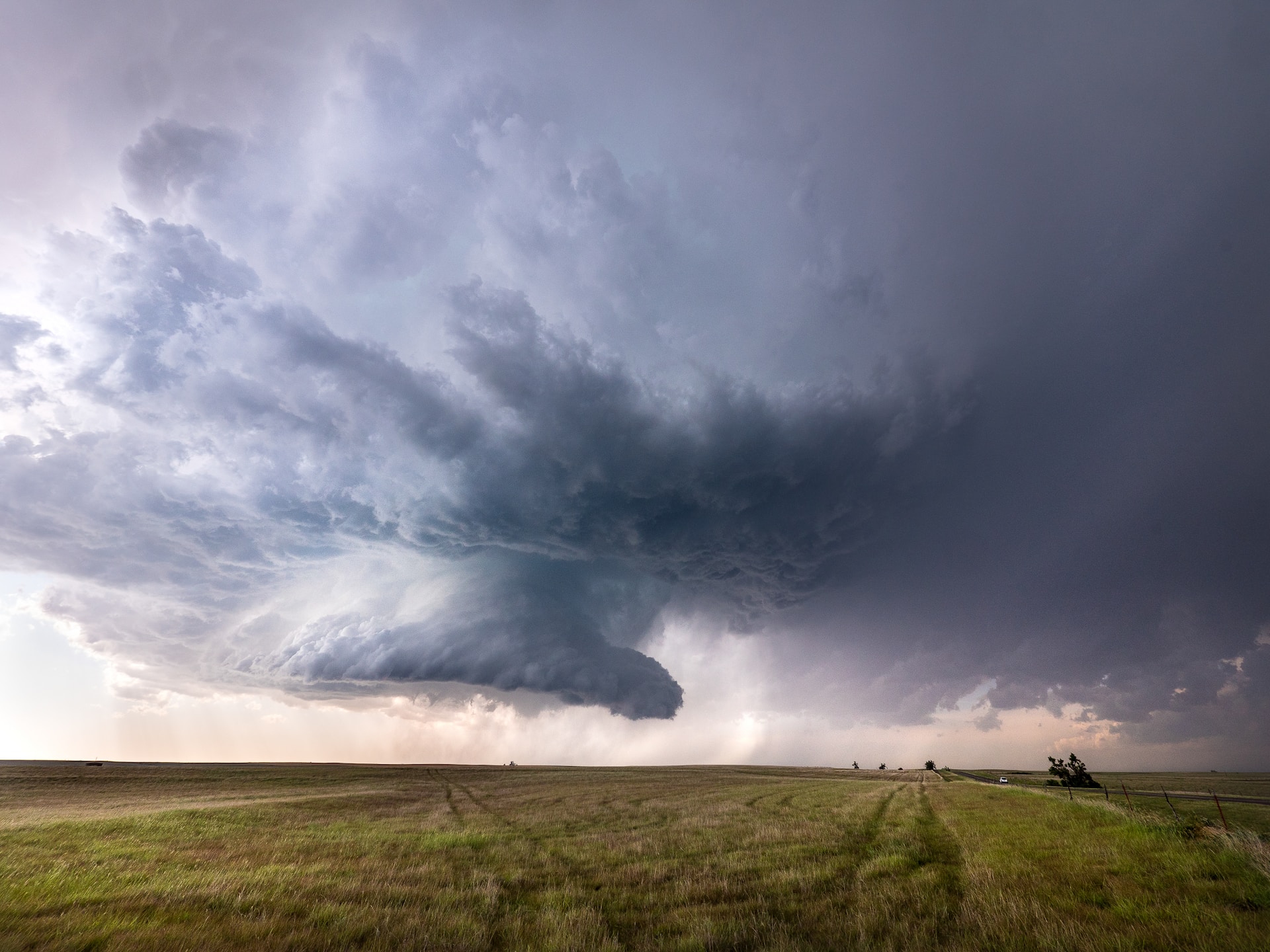When the skies darken and the winds howl, having the right protection in place can offer a sense of security.
Storm insurance, often encompassed within homeowners or property insurance policies, helps shield you from the financial impact of damages caused by severe weather events.
Here’s a guide to help you navigate the process of purchasing storm insurance.
Assess your coverage needs
Consider the types of storms that are common in your area. Is it hurricanes, tornadoes, hailstorms, or a combination?
Understanding your local weather risks will help you determine the specific coverage you need.
Home or property type:
Different insurance policies are tailored to different types of properties.
Whether you’re a homeowner, a renter, or a landlord, there are insurance options available to suit your situation.
Types of storm insurance
Most standard homeowners insurance policies provide coverage for damage caused by common perils, including storms.
However, coverage specifics may vary, so review your policy to understand what types of storm-related damage are included.
Flood insurance
Flooding is often not covered by standard homeowners insurance.
If your property is at risk of flooding due to storms, consider purchasing a separate flood insurance policy through the National Flood Insurance Program (NFIP) or private insurers.
Windstorm insurance
Some regions with high windstorm risks offer specific windstorm insurance policies that cover damages caused by strong winds. This can be especially relevant in hurricane-prone areas.
Depending on your location and risks, you might need additional coverage for events like hail, snow, or ice storms. Discuss these concerns with your insurance provider.
Choosing a provider
Compare insurance providers, considering factors like reputation, financial strength, customer service, and coverage options. Online reviews and recommendations from friends or family can help guide your decision.
Often, insurance companies offer discounts when you bundle multiple insurance policies, such as homeowners and auto insurance, with the same provider.
Policy considerations
Understand the coverage limits of the policy you’re considering. Ensure they are sufficient to cover potential damages.
The deductible is the amount you’ll need to pay out of pocket before your insurance coverage kicks in. Choose a deductible that aligns with your budget and risk tolerance.
Review the policy’s exclusions to understand what specific situations or damages might not be covered. Be aware of any limitations related to preexisting damage.
Claims process
Familiarize yourself with the claims process. Knowing how to report a claim and what documentation is required can help streamline the process if you ever need to make a claim.
Consult a professional
Navigating insurance options can be complex, especially when it comes to ensuring you have the right coverage for storm-related risks.
Consulting an insurance professional, such as an agent or broker, can provide you with personalized guidance based on your location, property type, and coverage needs.


